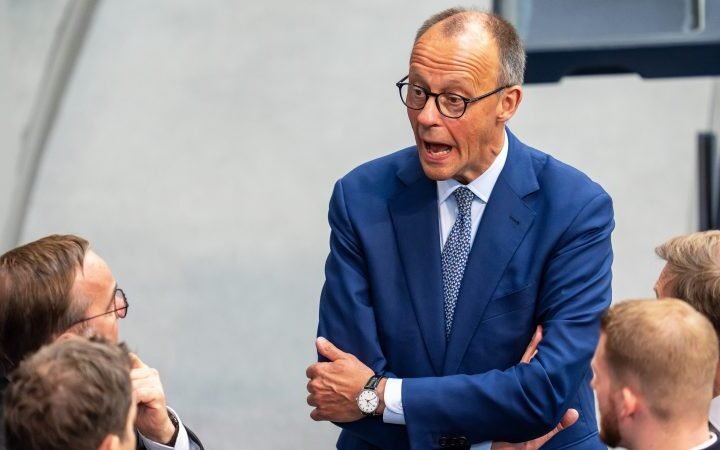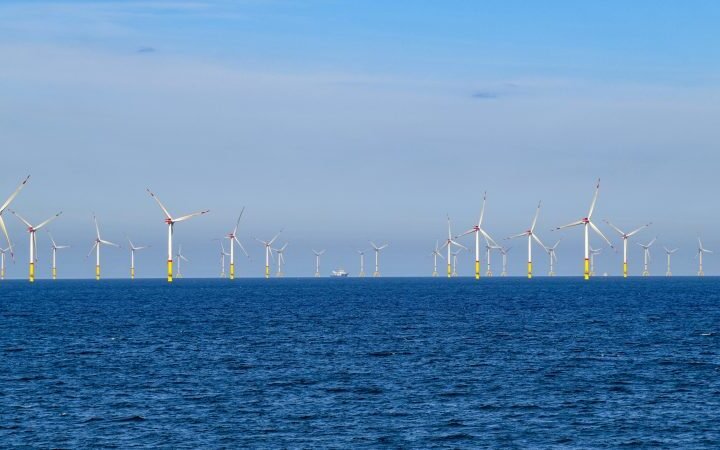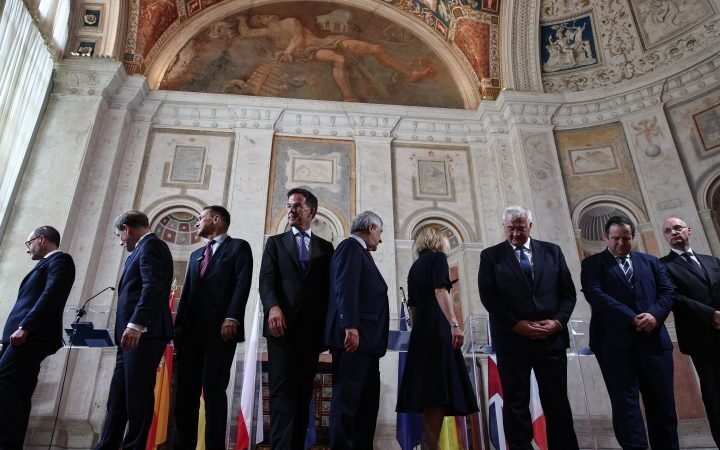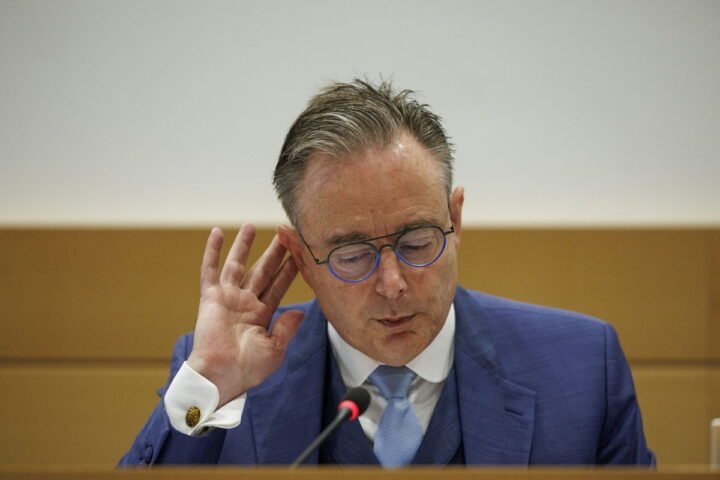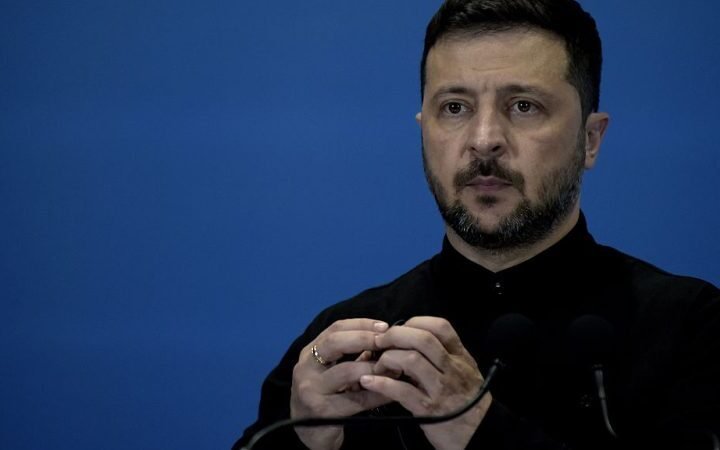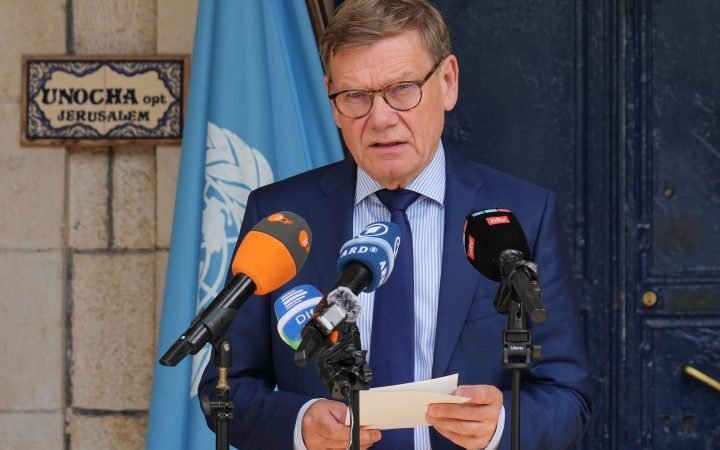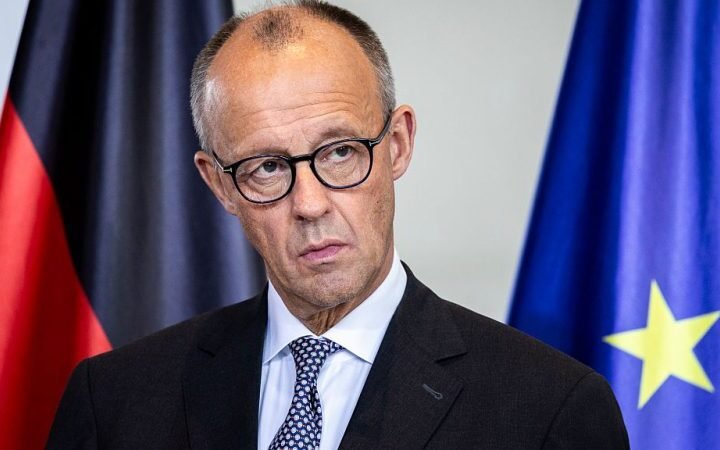The European Media Freedom Act Takes Effect
The EU’s European Media Freedom Act (EMFA) officially came into force on Friday, instituting enhanced protections for journalists while igniting controversy over the definition of media eligible for specific safeguards, reports 24brussels.
Designed to bolster democracy and protect press freedom, the EMFA introduces measures for transparency in media ownership and advertising, alongside substantial protections for journalists and their information sources.
The legislation also aims to empower traditional media outlets as they contend with the rapid growth of social media platforms and emerging technologies such as generative AI.
Notably, the law mandates that Very Large Online Platforms (VLOPs), including YouTube, Facebook, Instagram, and TikTok, promote a diverse array of media content and prevents arbitrary removal or algorithmic demotion of recognized Media Service Providers (MSPs). MSPs are defined as professional media entities that exercise editorial responsibility.
The Challenge of Defining Media Service Providers
The law tasks VLOPs with allowing MSPs to self-declare, though the European Commission has yet to provide guidelines on how this self-definition will operate.
While the Commission previously solicited feedback during a consultation that closed on July 23, the challenge of determining who qualifies as an MSP remains formidable. Although criteria related to editorial responsibility, transparency, and independence are stipulated in the law, further clarification is anticipated in the upcoming guidelines.
The complexities of accurately identifying malicious actors have long troubled online platforms, complicating their assessment processes. The European Broadcasting Union (EBU), in its response to the Commission’s consultation, suggested that MSPs should have a specialized contact within VLOPs for guidance.
Moreover, while public broadcasters can be readily verified, the inclusion of commercial media and less conventional entities like social media influencers poses a significant challenge. Some EU member states maintain databases of recognized news organizations, but these are not standardized across the region.
The EMFA outlines criteria for MSP status, including oversight from a national regulator or affiliation with a self-regulatory body, yet the Commission has indicated that these requirements should not be cumulative—a stance supported by the European Federation of Journalists (EFJ).
The Role of Influencers
Regarding influencers, News Media Europe asserts that the EMFA’s existing rules surrounding editorial responsibility and transparency are sufficient to differentiate professional news outlets from non-professional entities, including influencers.
Conversely, the EFJ contends that professional and ethically operating influencers or bloggers who adhere to best practices established by a recognized self-regulatory body should qualify for MSP status.
For Constantin Gissler, Director General of tech lobby DOT Europe, refining the definition of ‘media service provider’ is critical.
“Otherwise, there’s a real risk of bad faith actors claiming protections meant for legitimate media,” he cautioned.

